Treasure hunting
By Eric James Schroeder
As I drove into the Maxwell Cemetery, I was doubtful. As birding habitat goes, this small country cemetery in the middle of California’s Central Valley didn’t look very promising. Grass, a few scattered shrubs and trees, and many weathered upright grave markers. I parked my car on a narrow gravel road in the center of the small cemetery and got out. Perched on a tall headstone about 25 feet away from me was a bright red bird that was about 350 miles north of its extended range—a Vermilion Flycatcher.
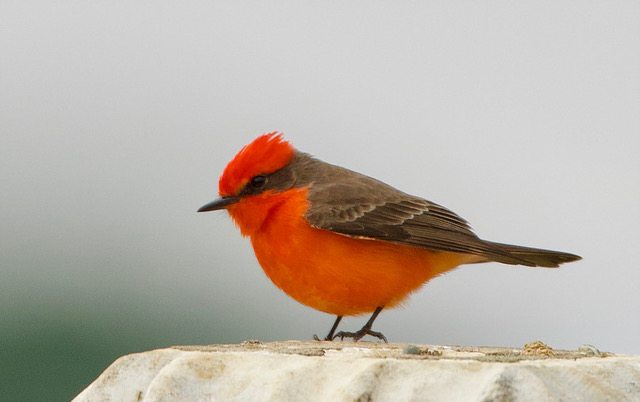 Vermillion Flycatcher by Miya Lucas
Vermillion Flycatcher by Miya Lucas
This was Day Two of the GGBA weekend field trip for the Migrant Treasure Hunt class, and we were exploring California’s Central Valley. The field trip had begun the day before in the northeast corner of the California Delta at Staten Island on a cold, clear morning. The fields around us were packed with Tundra Swans, Snow Geese, Ross’s Geese and some Canada Geese. Looking south towards Mt. Diablo we could see a spectacular sight—thousands of birds flying in long chains in the early morning light. After a couple of hours, though, 16 birders plus leader Juan-Carlos Solis were all glad to get back in our cars to warm up.
A short drive took us to Consumnes River Preserve, where big numbers of geese again greeted us, with the majority being Greater White-Fronted Geese. Joining them on the ground was a small number of Sandhill Cranes with lots more overhead. The ponds were full of ducks—good numbers of Northern Shovelers, Gadwalls, Northern Pintails, Green-winged Teal, joined by some Cinnamon Teal, American Wigeons, Canvasbacks, Ring-necked Ducks, Buffleheads, and a single Common Goldeneye and a single Eurasian Wigeon. Consumnes is also great for woodland birds, and even though we did not walk any of the woodland trails, we saw a number of them from the porch of the Visitor’s Center where we stopped to eat lunch. Juan-Carlos’s count for Consumnes was 66 bird species in 2 hours.
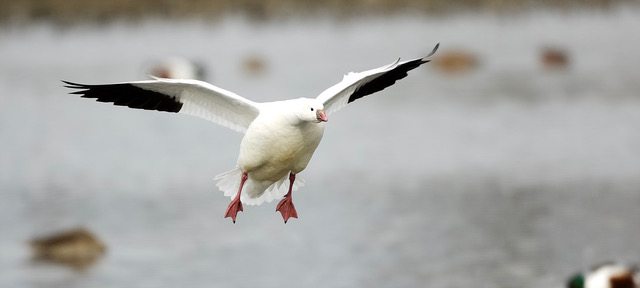 Ross’s Goose by Miya Lucas
Ross’s Goose by Miya Lucas
After lunch we drove Riley Road southeast of Sacramento, looking for large flocks of cranes (they were seemingly intent on avoiding us) and raptors (these we found—White-tailed Kites, Red-tailed and Red-shouldered Hawks, Northern Harriers, American Kestrels, and a single Turkey Vulture). Then another wetlands stop—this time at the Yolo Bypass Wildlife Area for more ducks and geese. In addition to these, there were a few species of waders, notably Black-bellied Plovers, Dunlin, and Least Sandpipers.…

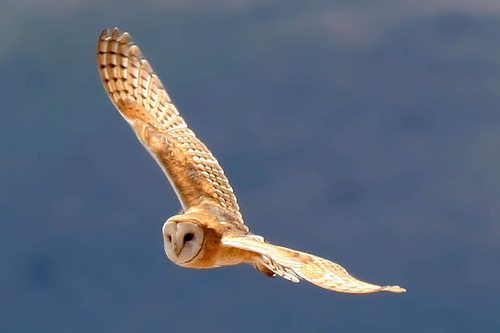 Perhaps this fellow is looking for a home? Photo by Bob Lewis
Perhaps this fellow is looking for a home? Photo by Bob Lewis
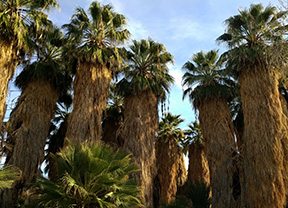 California Fan Palm – Photo: Noreen Weeden
California Fan Palm – Photo: Noreen Weeden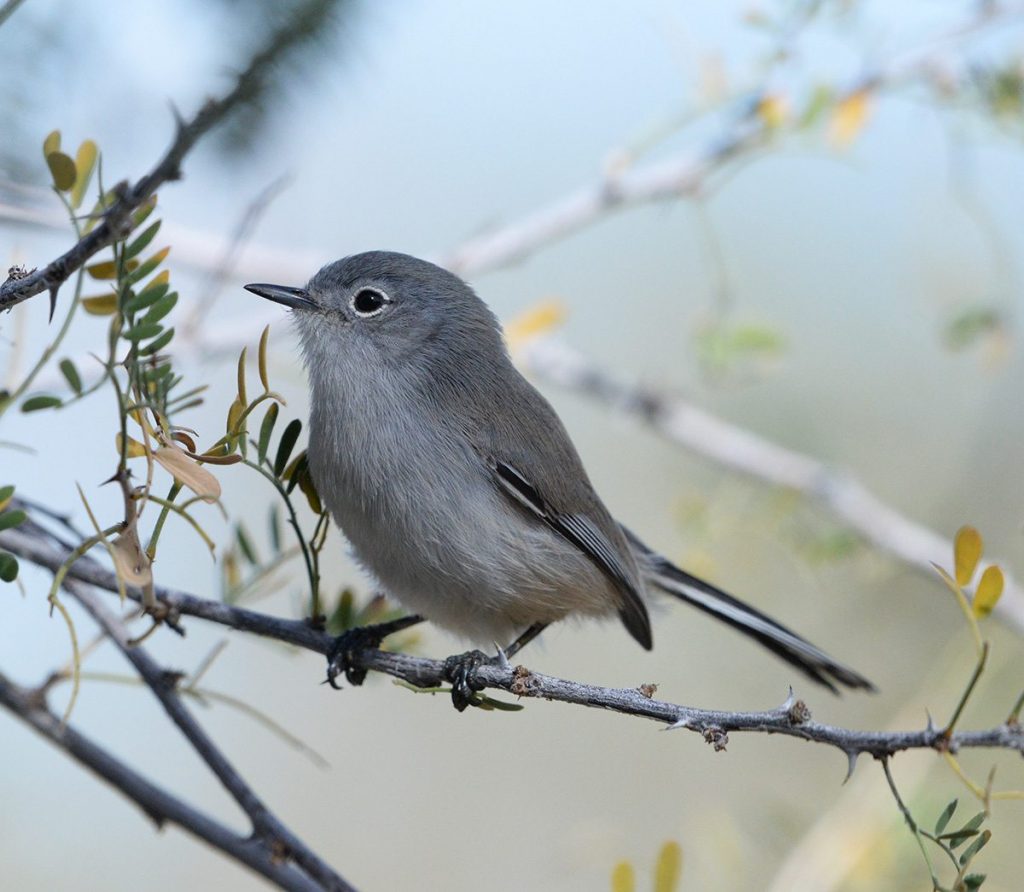 Black-tailed Gnatcatcher – Photo: Eddie Bartley
Black-tailed Gnatcatcher – Photo: Eddie Bartley Salton Sea – Photo: Noreen Weeden
Salton Sea – Photo: Noreen Weeden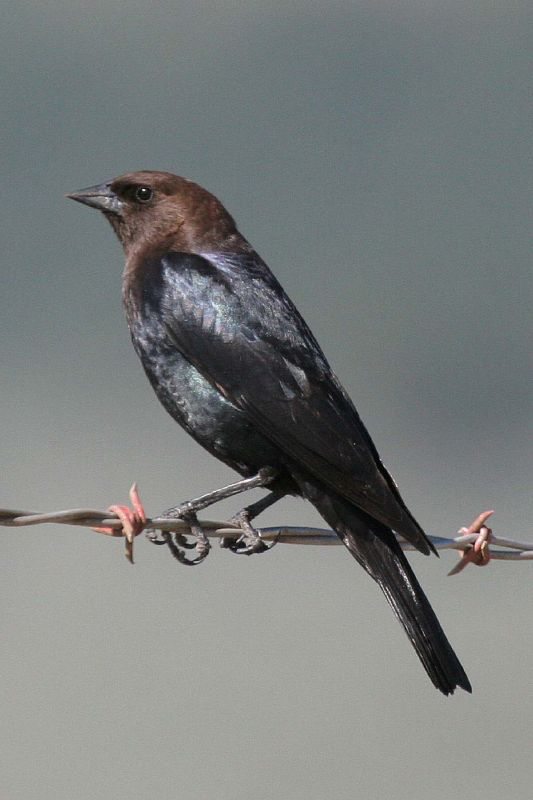
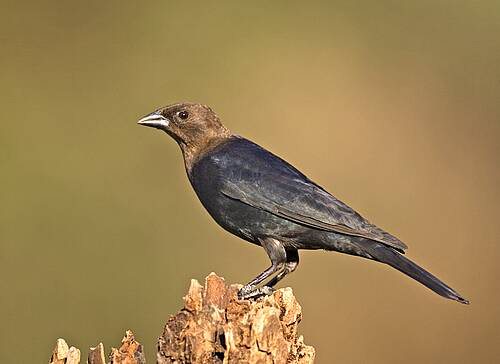 Brown-headed Cowbird by Eleanor Briccetti
Brown-headed Cowbird by Eleanor Briccetti Cowbirds on a bison at Vargas Plateau Regional Park in Fremont, by Jerry Ting
Cowbirds on a bison at Vargas Plateau Regional Park in Fremont, by Jerry Ting
 Yellow Warbler is a species that has diminished in San Francisco. Photo by Michael Lee.
Yellow Warbler is a species that has diminished in San Francisco. Photo by Michael Lee. San Francisco’s Natural History, by Harry Fuller
San Francisco’s Natural History, by Harry Fuller